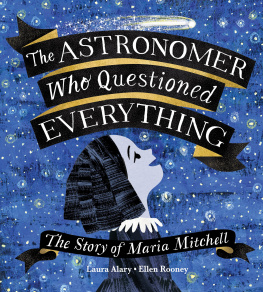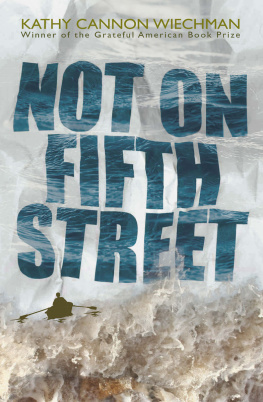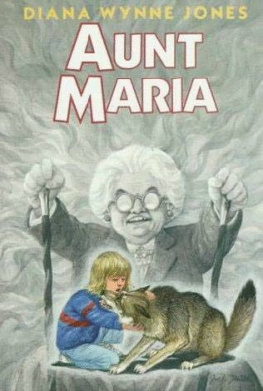PIGGYBACK
BY
JEFFREY DEAN DOTY
Copyright 2014
DEDICATION
For every family who has lost a child to the unspeakable evil of a human predator.
And for every innocent person who sits in a prison simply because they are convenient.
INTRODUCTION
This is not the book I intended to write. I set out to write a brief history of the oldest cold case ever to be successfully prosecuted in U.S. History. I thought it would be a short book of around 120-150 pages. I mean, how much could you say about an unusual, but straightforward case with an obviously guilty man at its center? I looked forward to a quick six or seven month project and little emotional investment.
What I got was a project that has just passed the two year mark, is over 300 pages in length, and I have a huge emotional investment. I have come to know and like people on both sides of this case, and I have had to hurt several of them in the process of telling the truth as I found it.
I thought this would be an innocuous book with no surprises for anybody, but I wound up being the most surprised of all. I encountered an unexpected truth filled with twists and thorns.
This is not the book I wanted to write. But it is the most important book I have ever written and it is all true.
J.D.D.
October 18, 2014
FOREWORD
Against the backdrop of the infamous unsolved murder of seven-year-old Maria Ridulph, Author Jeffrey Dean Doty ponders what really happened to Maria, snatched from her peaceful community of Sycamore, Illinois, on a snowy December night, 57 years ago. Despite an exhaustive investigation by the FBI, the case remained unsolved until 2012, when Jack McCullough was tried and convicted for the murder. Prompted by this cold case trial, Doty explores the crime and its aftermath. Initially crafted as a true crime story, the book evolves into Dotys personal meditation on a variety of topics: the propriety of the murder conviction, the questionable tactics of a zealous States Attorney seeking glory during an election year, and a community straining to find closure from the trauma that changed it forever.
Doty observes that he did not set out to disprove the conviction of Jack McCullough; rather he assumed his guilt. His mission was modestto examine the nations oldest cold case murder conviction. But as he investigated the murder, his certainty was shaken. Dotys exhaustive research included: visiting the location where the childs body was left by the murderer, review of extensive FBI records, interviews of the only eye witness to the crime, and Jack McCullough. Ultimately, he came to the conclusion (amply supported by his research) that it was impossible for McCullough to have murdered this child. Interestingly, Doty had the opportunity to interview two of his friends: the Assistant Prosecutor of the case and McCulloughs primary Defense Attorney. This access permitted him to informally evaluate both sides arguments straight from the mouths of the principle actors in the trial.
Jeff Doty is a remarkable writer. He describes this horrible crime and the aftermath with the prose of a novelist, and the precision of a journalist. Like Truman Capote, Doty uses the lyricism of literature to describe a tragedy affecting real people. And he does so ably. I have known Jeff for several years and personally observed his torment as he examined the propriety of this conviction. He struggled with the obligation to challenge the conviction of an innocent man, against the needs of a community and a family to find closure and heal, many decades later. As though in a time warp, Piggyback is a sensitive and valuable book about an ancient tragedy, aggravated by modern day human failings.
- Steven N. Peskind
Attorney and Author of The Family Law Trial Evidence Handbook , and Divorce in Illinois
CHAPTER ONE
Retired farmer Frank Sitar and his wife, Katherine, stopped for lunch in Elizabeth, a small town tucked away among the rolling hills of northwestern Illinois. Theyd spent the morning traveling down from their home in Hopkins, Minnesota, and planned to continue their way to Freeport, Illinois, to visit their son. While dining at a local restaurant, they fell into conversation with some of the other patrons about morel mushrooms.
Late April in 1958 provided great opportunities for mushroom hunters throughout Northwestern Illinois. The daytime temperatures stayed consistently above normal, often straying towards the upper 70s with cool evenings in the 50s and enough rainfall to keep the soil dampperfect growing weather for mushrooms.
Listening to the locals brag about the fine morel mushrooms found in abundance in the nearby forests, Frank and Katherine decided to do a little hunting of their own after lunch. They drove east along Illinois Route 20, passing through the tiny town of Woodbine, and another two miles until they came to a broad swath of woods along the north side of the road at the crest of a long hill. Frank spied a patch of gravel by a small field at the edge of the trees and pulled onto the gravel.
Frank and Katherine got out of their car and stepped into the field, planning to cross it directly north into the trees. However, the field had been freshly plowed making walking over the deep furrows treacherous, and so they turned aside and headed to the trees on the western edge of the field.
When they entered the woods, Frank and Katherine found themselves in an old growth forest, thick with brambles, briars, dead leaves, fallen branches, and downed treesthe perfect setting for mushrooms! They had to thread their way between dense undergrowth, carefully scanning the ground for the difficult to spot morels, and navigate the sloping ground with care lest they step on a hidden root and go sprawling amongst thorn-heavy briars. They eventually entered a small thicket surrounding a fallen tree. Frank later recalled that the brambles were so dense there that he and Katherine had to push through. As they searched the area for mushrooms, Frank spied an open space underneath the fallen tree in which seemed to lay the skeletal remains of an animalhe thought they were most likely those of a baby deer. He and his wife drew closer to get a better look at the bones, and then realized with horror that the bones wore a childs clothes.
Frank and Katherine Sitar ran to their car, and then drove to a nearby farm, where a call was placed to the local sheriff. And so, on April 26 th , 1958, the search for Maria Ridulph, a seven year old girl missing for nearly five months, came to a tragic end.
CHAPTER TWO
December 3 rd , 1957
Two little girls played in the snow-dusted grass at the southeast corner of the intersection of Center Cross Street and Archie Place in the small rural town of Sycamore, Illinois. It was a bit after six oclock in the evening and darkness had fallen. As cars swung onto Center Cross Street, their headlights lit up the falling snow and swept toward the girls, who shrieked joyfully as they raced to hide behind the large tree a few feet from the curb before the light touched them. A sturdy green-eyed girl with chestnut hair, Kathy Sigman, at eight years of age, was the older of the two, while her seven year old friend, Maria Ridulph, had dark hair, big brown eyes, and a tiny frame. Dodge the cars was a game theyd played many times before.
A population of around 7000 people lived in Sycamore in 1957. Farm fields stretched out in every direction as you left the city limits. Farmers sat at tables in the local diner and discussed crop yields, pork belly prices, and the high school basketball team. Townsfolk waved at each other on the street, and stopped to chat in the narrow aisles of the local hardware store. If you lived in Sycamore in 1957 you felt safe. People there were honest, hardworking, and friendly. Two girls playing alone on a street corner in the early evening was a common sight, and no one would think twice about it.
Next page










